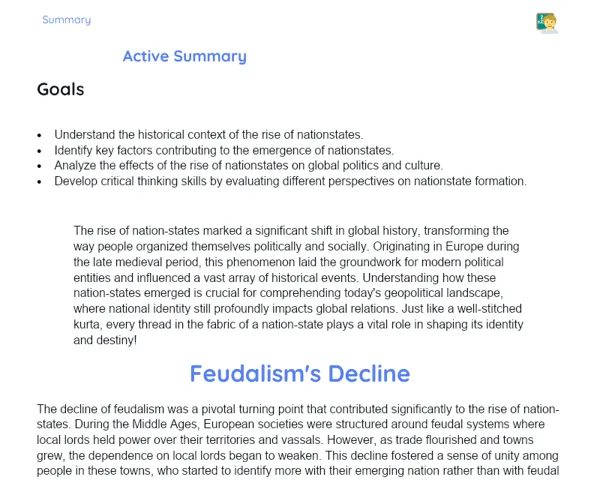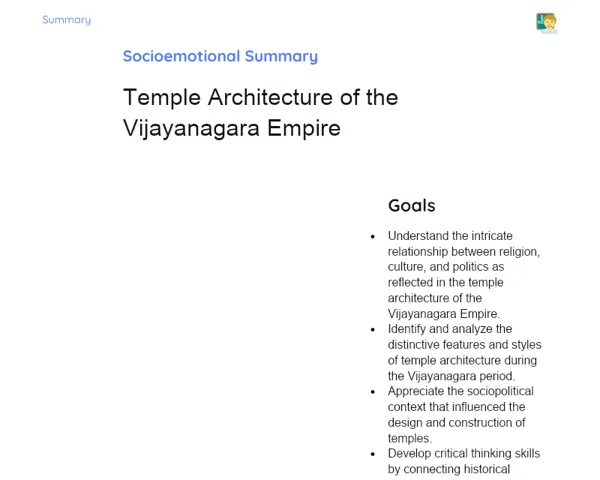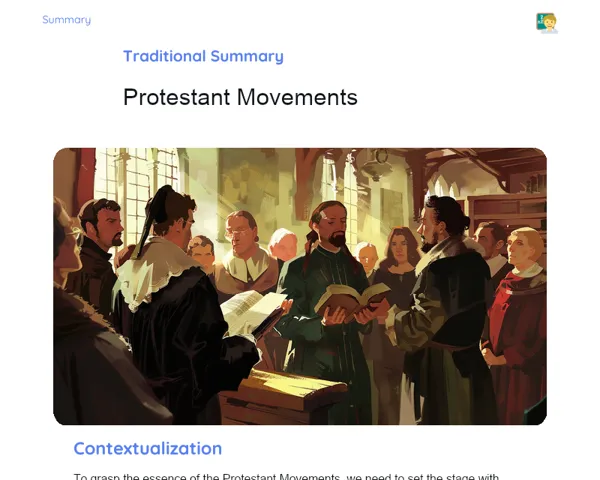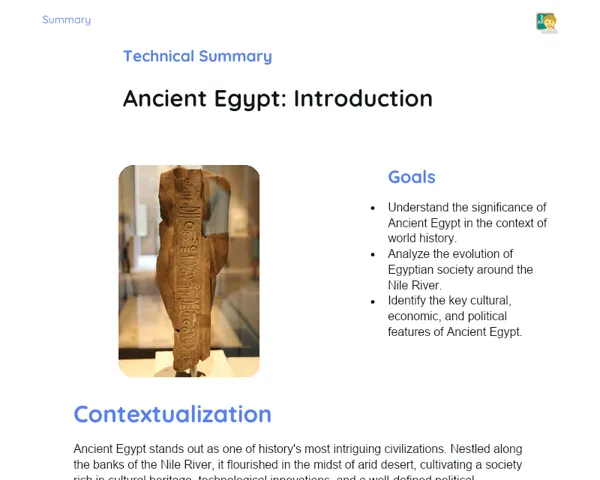Objectives
1. Review and deepen understanding of totalitarian regimes that emerged in 20th century Europe, focusing on significant aspects such as Nazism, Fascism, Communism, Salazarism, and Francoism.
2. Analyze the motivations and mechanisms that led to the establishment of these regimes, highlighting their commonalities and differences to grasp the historical and political backdrop in which they came into power.
3. Develop critical thinking and comparative analysis skills regarding various totalitarian regimes, thus preparing for a broader comprehension of authoritarian governments and their ramifications.
Contextualization
Did you know that the term 'totalitarianism' was first used by Benito Mussolini in the 1920s to describe his fascist government in Italy? This concept not only encapsulates a political system where the state exerts overwhelming control over nearly every aspect of life, but it also plays a crucial role in understanding how regimes like Nazism and Communism structured their power. These regimes are not just relics of history; they continue to shape our understanding of politics, human rights, and governance today.
Important Topics
Nazism
Nazism, spearheaded by Adolf Hitler in Germany, represents one of the most extreme examples of totalitarianism. Lasting from 1933 to 1945, this regime was rooted in racist, anti-Semitic, and nationalist ideologies, culminating in World War II and the Holocaust. Key features of Nazism include total state control over citizens' lives, aggressive propaganda, and merciless repression.
-
Ideology emphasizing Aryan supremacy and the concept of 'racial purification.'
-
Manipulative propaganda sustaining a cult of personality around Hitler.
-
Economic and social policies focused on territorial expansion and the subjugation of 'lesser races.'
Italian Fascism
Fascism, led by Mussolini in Italy, was a forerunner to Nazism. Established in 1922, this regime also practiced totalitarianism, characterized by strong state control, suppression of dissent, and an overarching glorification of the state. Fascism hinged on ideals of hyper-nationalism, militarism, and corporatism, intimately connecting the state and industry to bolster government authority.
-
Intense nationalism and hostility towards leftist ideologies, championing a robust authoritarian state.
-
Use of violence and intimidation against opponents, along with strict censorship and press control.
-
Economy tightly regulated by the state, prioritizing war production and curtailing labor rights.
Soviet Communism
Soviet Communism, under leaders like Stalin, is another prominent example of totalitarian governance, albeit rooted in socialist ideologies. This regime, which emerged from the Russian Revolution in 1917, enforced rigorous state control over daily life, imposed forced agricultural collectivization, and brutally suppressed dissent. It also exported its model to other nations, creating satellite regimes across Europe and Asia.
-
Formation of a single-party system, stifling opposition parties and dissenting voices.
-
Collectivization of agriculture and ambitious five-year plans that often led to famine and disasters.
-
Complete domination of propaganda and information, employing surveillance and censorship to uphold order and loyalty to the regime.
Key Terms
-
Totalitarianism: A political system where the state, governed by a singular leader, exercises extensive control over society, aiming to regulate all facets of public and private life.
-
Propaganda: The dissemination of information that is often biased or misleading, used to promote a specific cause or viewpoint, frequently utilized by totalitarian regimes to manipulate public opinion.
-
Cult of Personality: The practice of inflating a leader's achievements and traits, often through propaganda, to forge a devoted and unquestioning support base, commonly seen in totalitarian settings.
For Reflection
-
How did the economic and social upheaval in post-World War I Europe pave the way for totalitarian regimes?
-
In what manner did control of information and propaganda help sustain and justify these totalitarian regimes? What lessons can we draw for today's context?
-
What were the cultural and international ramifications of totalitarian rule, and how can we relate these impacts to contemporary society?
Important Conclusions
-
We examined the notorious totalitarian regimes of 20th century Europe, including Nazism, Fascism, Communism, Salazarism, and Francoism, underlining their traits, motivations, and consequences.
-
We understood the emergence of these regimes during times of crisis and instability, scrutinizing their use of propaganda, social control, and repression to cling to power and impose their ideologies.
-
We discussed the necessity of critically analyzing these regimes to better understand history and mitigate the risk of similar occurrences in the future, underscoring the importance of upholding and defending democratic values.
To Exercise Knowledge
Imagine maintaining a diary as an ordinary citizen living under one of the discussed totalitarian regimes. Share your thoughts, daily struggles, and perceptions of government. Utilize insights about propaganda, social control, and economic challenges to enrich your entries.
Challenge
Investigation Challenge: Select one leader from the totalitarian regimes we've studied and delve into their personal life, influences, and governing strategies. Compile a brief report to present to the class, focusing on how their character and historical background shaped their decisions.
Study Tips
-
Incorporate visual aids such as documentaries, maps, and infographics to enhance understanding of the historical context surrounding each totalitarian regime and the regions affected.
-
Engage in online discussions or study circles to collaborate with peers, exchanging perspectives on totalitarian regimes and their ongoing relevance in today's world.
-
Connect historical events from the totalitarian eras to contemporary occurrences, looking out for news articles and analyses that highlight the need for vigilance against threats to democracy and the rule of law.



